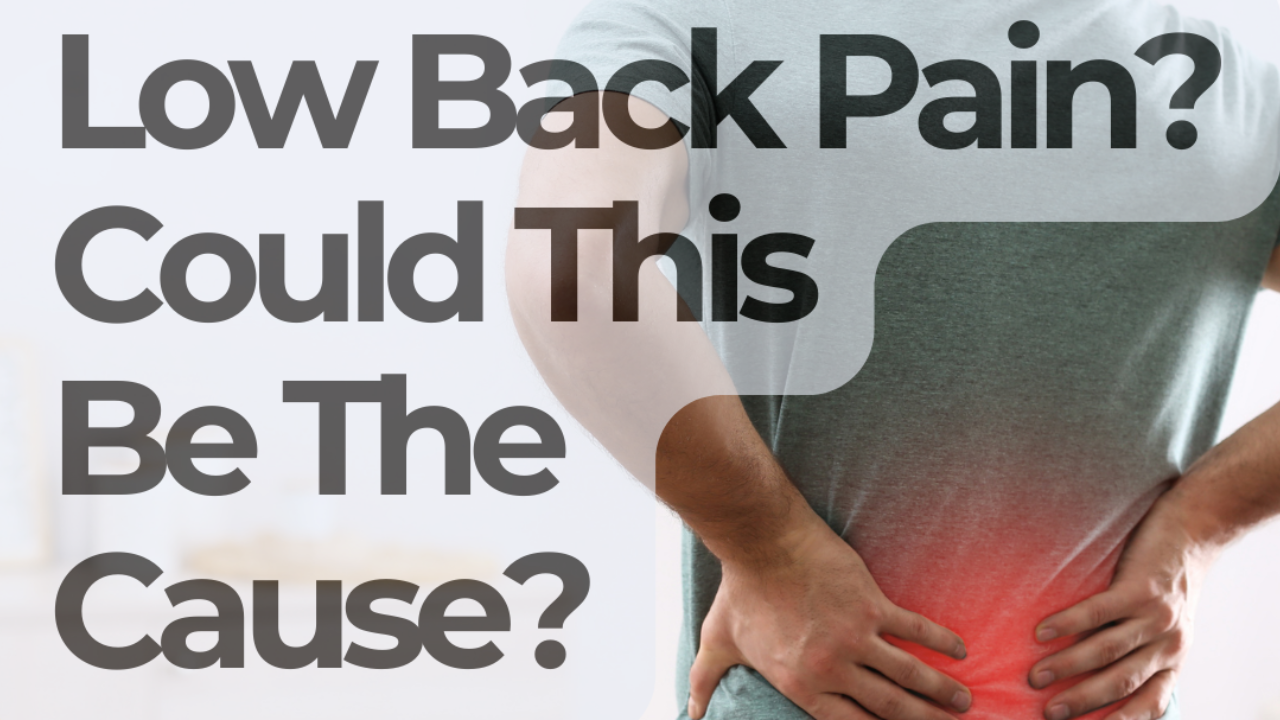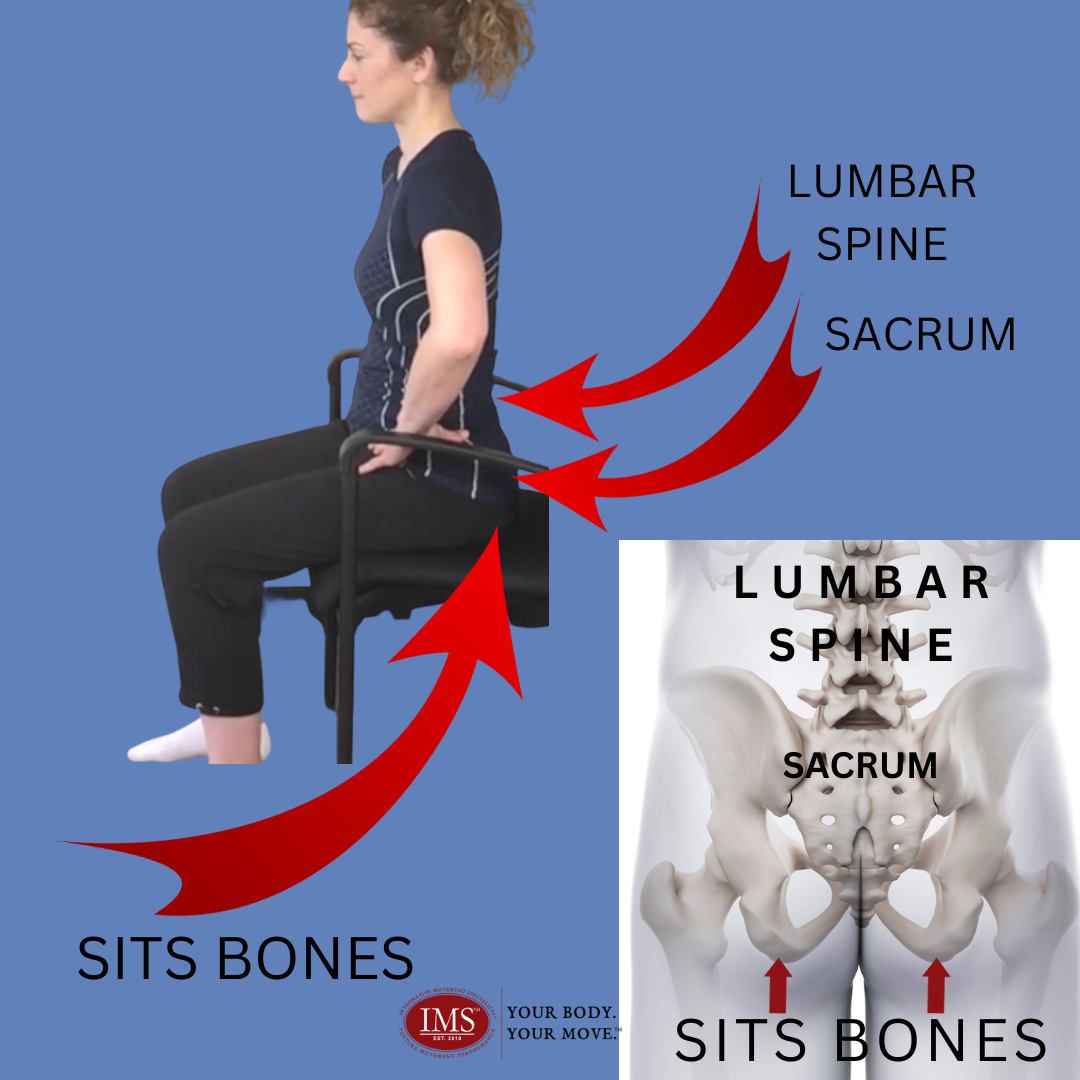Blog
Squat Patterns and Progressions for Balance, Walking, Fitness & Life
For more helpful resources, visit our blog.
How Well Do You Squat? Take the Quiz
How would you rate your ability to squat?
Take this quiz.



Did you answer yes to any of the above in our second quiz?
Is how you squat the root cause of your discomfort? Likely not.
However, the habits you use while squatting, (any of the ones you said yes to in our first quiz) are likely habits you use throughout your everyday activities, for posture, and for exercise.
Check out the video on this page where we talk about how to squat optimally for the health of the spine, hips, knees, and more.
We also covered safe and effective progressions of the squat to help improve leg, back and. glute strength while also improving balance and walking.
Check out the This. Not That. photos below for ideas for optimal versus nonoptimal ways to squat.
Squatting is an activity that you do all day long. How you do it is very important.




How You Squat is Important for Your Back and more...

|
||||
|
How to Move Through Your Hips or Hip Hinge
You have likely been advised to 'bend through your knees', when picking something up to avoid hurting your back. While this is good advice it overlooks the most important joint you should move through when picking items up.
In this webinar, we share how to move through your hips and why this is vital for everyday activities and exercise.
If you have questions about this video or others, be sure to reach out.
Posture and Exercises Guideline to Start 2024
Happy New Year!
We hope 2024 is off to a great start!
This year in our newsletters and videos we will be covering and digging into the most optimal way to use posture and exercise for the health of your muscles and joints and overall body.
In our most recent webinar, we covered sitting and standing posture along with:
- Hip hinge for your low back
- Squat for your hips
- Lunges and your knees
- Bent over row and the forward shoulder
- Triceps and stress in the wrists
- Chest press pressure on the spine
- Biceps and using inertia
- Planks and the spine
- Push-ups and the upper back posture
- Carries and stress on the shoulders and neck.
Each month this year we will dive deeper into each of the exercises listed above using the principles of the Integrative Movement System, alignment, breathing and control.
We will cover:
- optimal mechanics
- common cues that are less than optimal
- progressions
- modifications
- application to everyday life
We hope you can join us on our monthly webinar...
Keys to Improving Rotation in Life & Sport
If you want to improve your golf or racket swing or feel better walking often, you need to improve the efficiency of how your body rotates.
When we lack rotation through our spine and pelvis, we move through other areas like the shoulders, hips, and knees. There are three keys to improving rotation and, simultaneously, improving the health of your spine and joints. They are:
1. Maintain alignment. When you repeatedly move or shear out of alignment, it starts to wear down the discs in the spine and the structure of your joints. This goes beyond normal wear and tear due to getting older. Think of a golfer that hits a ball a hundred times a day at full strength. Without optimal rotation through the spine and hips, the golfer will find the force from other areas in the body.
2. Maintain optimal three-dimensional breathing. Your deepest core muscle, the diaphragm, is also the primary muscle of respiration. When this muscle does not work efficiently, you lack proper spine and core c...
Importance of Rotation for Sport and Life
You have heard the old saying, "You must learn to walk before you can run." In life, this saying is never old. Before we can do something faster, we will do it slower until we have more confidence, or like a child trying to go too fast, they may fall because they can't control all the parts of their body.
How does this apply to this month's topic on rotation?
Before we can rotate well, we must first learn to control rotation.
When you can learn to control rotation, you will increase your chances of rotating through a swing more efficiently.
What does it mean or entail to control rotation?
When we rotate 'optimally,' we rotate on an invisible access. In other words, the body stays centered, and joints remain aligned. When you don't stay centered, you shear through some part of your body.
For a sports activity, you may have excess motion or shear through some ribs and feel tightness or discomfort through your ribs or mid-back due to the shearing motion.
If you lack optima...
Move Well Webinar: 3 Exercises That Can Help Or Hurt Your Back
|
|||
|
Posture & The Low Back Pain, What You Need to Know and Why
In this webinar discover:
How your posture can affect your lower back discomfort
What changes you can easily make to ease the pressure
Implement a simple exercise several time a day
Low Back Pain? Could This be The Cause?

In our last installment, we shared a way to change how you sit to decrease the pressure on your lower back a.k.a., your lumbar spine, specifically the pressure on the discs between your vertebrae. The cervical spine and the lumbar spine are the areas where disc herniations occur most often.
In this installment, we will look at three things that you do each day that can contribute to pressure and nonoptimal alignment of your lower spine.
How you sit or stand.
Depending on what you do for work or how you spend your time you likely sit, stand, or a combination of both throughout your day. We touched lightly on sitting optimally last time. As a reminder, you want to sit on your SITS bones. These bones are located at the bottom of your glutes. (see picture below)

How you stand matters as well.
If you tend to stand with your weight mostly in your heels and your knees locked you likely also stand with your glutes slightly squeezed causing your glutes and pelvis to tuck unde...


